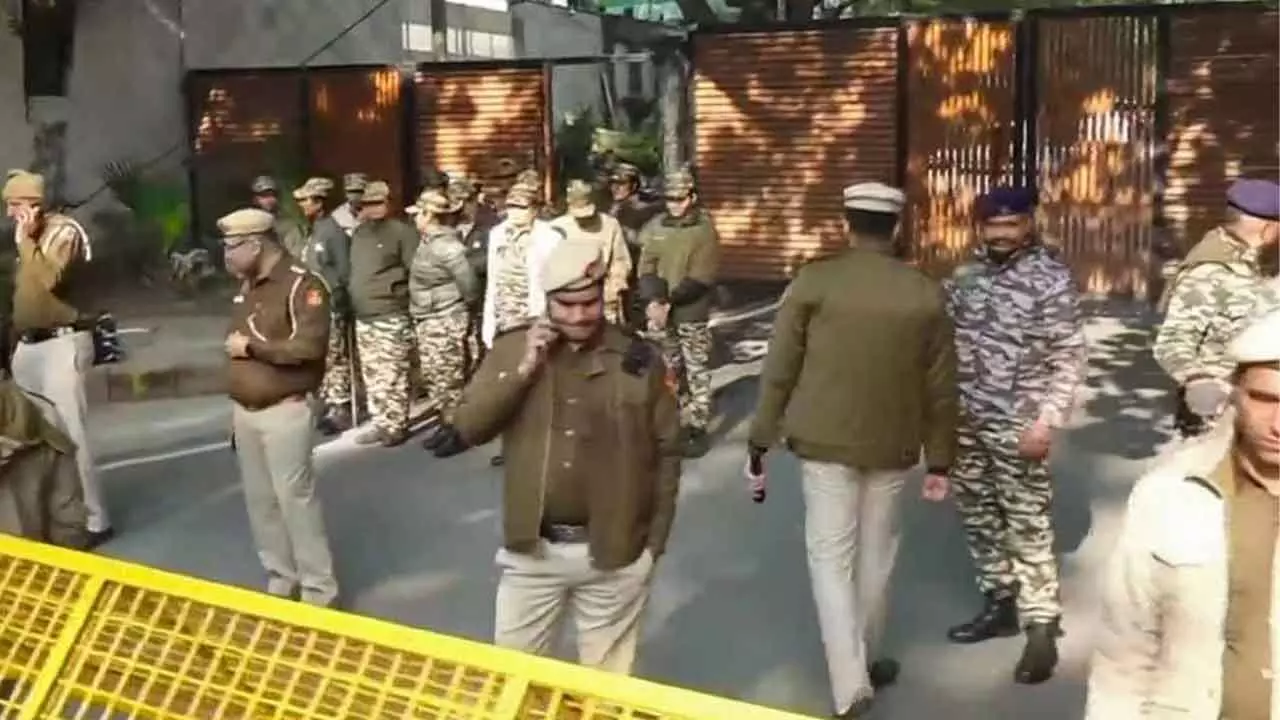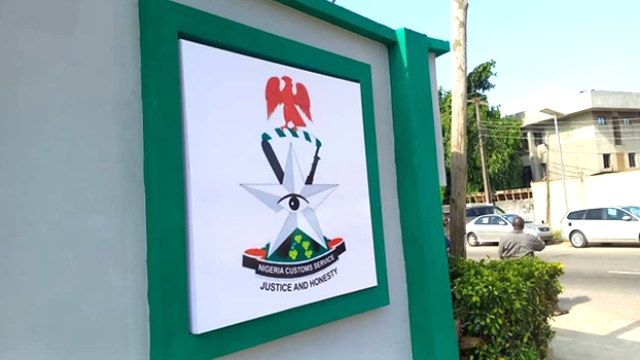Tommy "Top Cat" Comerford went from working as a dockland lorry driver to becoming an international drugs supplier A crime godfather who went from working as a dockland lorry driver to becoming one of the first to establish an international drugs network flaunted his wealth at boxing dinners and the Grand National . Tommy Comerford, known as Tacker and Top Cat, was one of the first Liverpool men to recognise the international criminal opportunities access to the docks could yield. Born in 1933 and growing up in Vauxhall during and post WWII, Comerford started out as a lorry driver before becoming involved in one of the city's most famous ever bank robberies .
Upon his release from prison, he abandoned robbery and became involved in the drug trade, forming the 'Liverpool Mafia' - a group who used corrupt port officials and were protected by dirty police. By the 1980s he was one of not just the city's, but the UK's, most major criminals, leading an extravagant lifestyle off the back of his drug empire that stretched across the world . However, his lifestyle didn't go unnoticed, with various investigations resulting in him spending over 30 years in prison.
Comerford died at the age of 70 in 2003 following a battle with liver cancer . As part of a weekly series about the area's criminal history, the ECHO has looked back at the life of Comerford, from growing up in the city's north end to expanding his business through drug smuggling routes that stretched from South America to Asi.



















